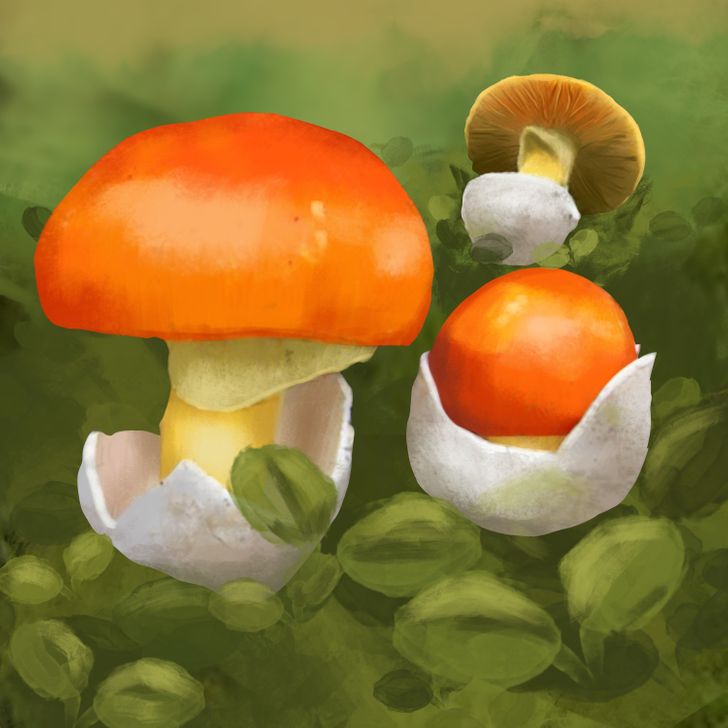A Guide to Eating Common Edible Mushrooms and Fungi
Mushrooms have a large number of beneficial nutrients for the body, such as potassium, antioxidants, and vitamins, among others. Although a wide variety of species can be found, only some are classified as edible because they don’t present any health risks.
5-Minute Crafts has prepared a guide to help you identify the most common ones.
1. Oyster fungus (Pleurotus ostreatus)
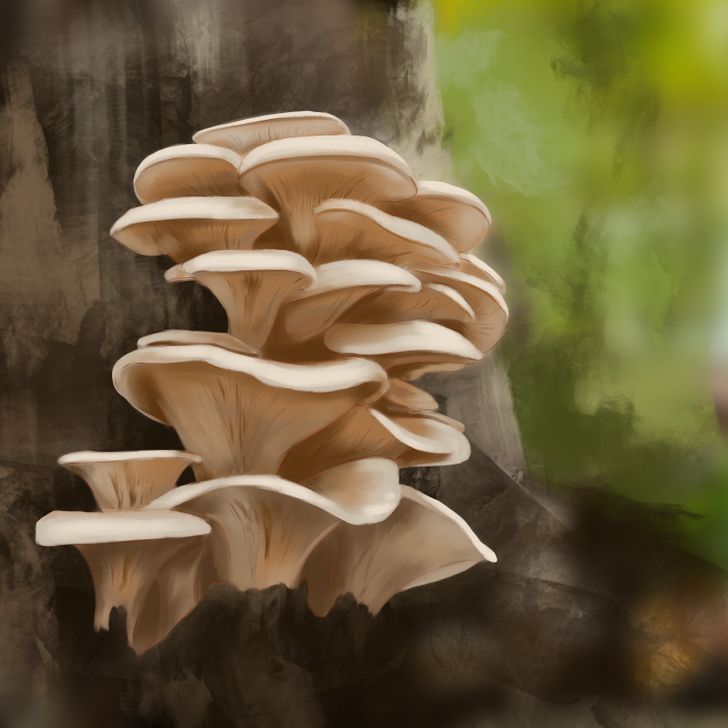
It’s characterized by having a large cap that can vary between 2 inches and 8 inches (5 cm to 20 cm) in diameter and has an oyster-like appearance, which is the origin of its most common name. Its color varies between white and cream to brown tones. It’s high in protein and low in calories. Due to its consistent texture and mild flavor, it can be prepared in salads, stir-fries, soups, stews, and can even be used as a pizza topping.
2. Enoki (Flammulina velutipes)
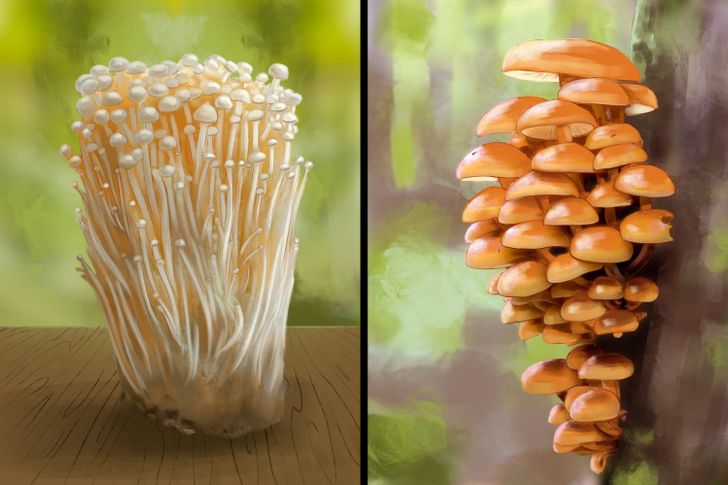
Of Asian origin, it’s very popular in different types of dishes of this area, especially in “ramen” style soups. It is characterized by being cultivated in a dark environment and rich in carbon dioxide for its subsequent commercialization, creating an elongated and whitish appearance, very different from what can be found in the wild.
3. Parasol mushroom (Macrolepiota procera)
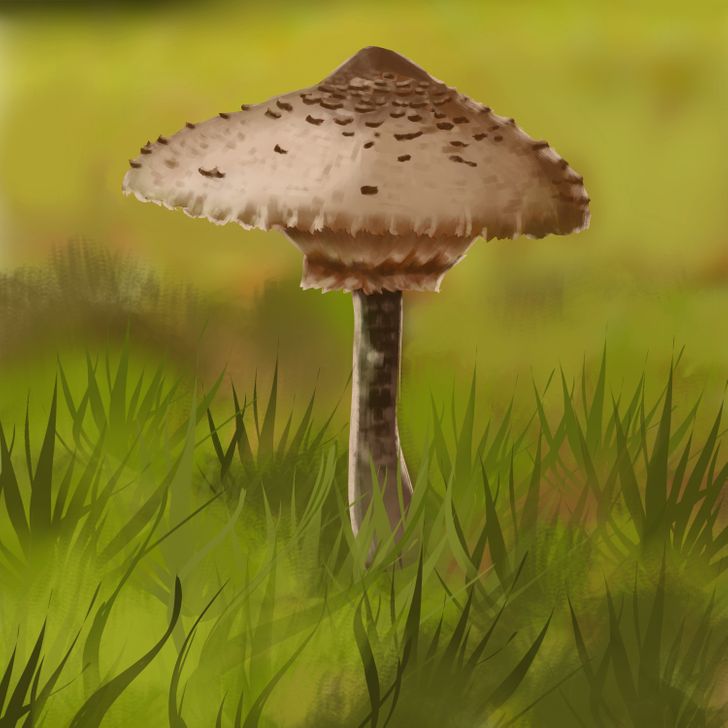
4. Maitake (Grifola frondosa)
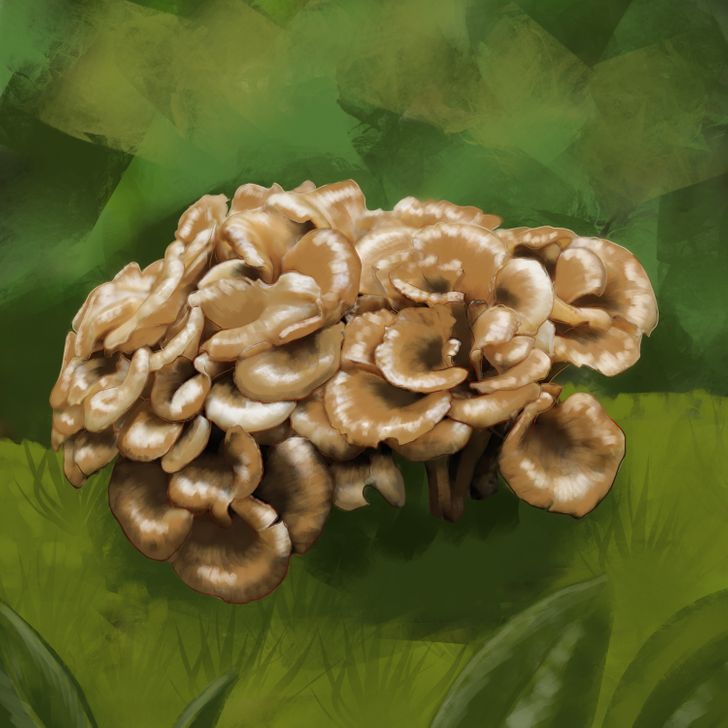
Also known as “hen-of-the-woods,” it grows at the base of trees and its folds resemble the feathers of a hen, reaching up to 24 inches (60 cm). It generally has gray and brown caps on top and a whitish hue underneath. Some studies suggest that it has anticarcinogenic properties. It has an intense and earthy flavor and can be added to a wide variety of dishes, like salad, pasta, and omelets, among others.
5. King trumpet mushroom (Pleurotus eryngii)
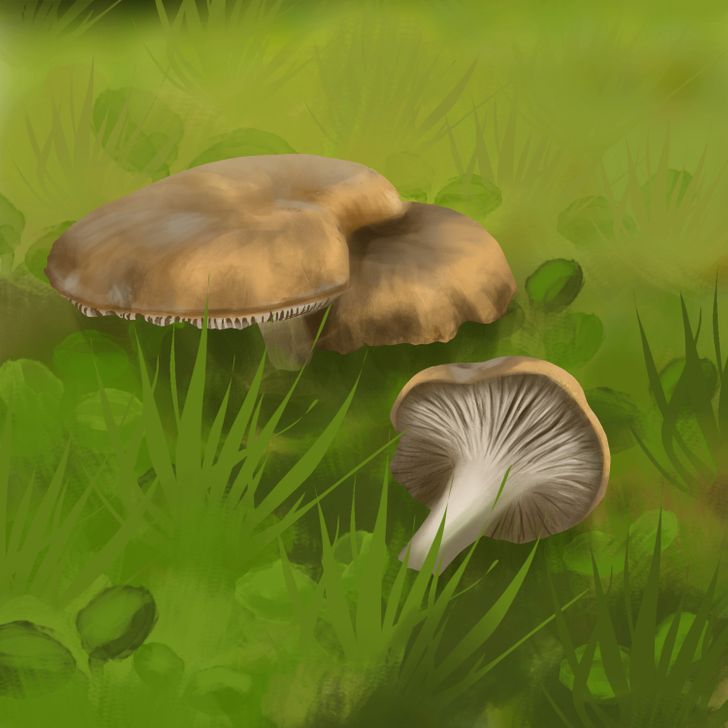
6. Shiitake (Lentinula edodes)
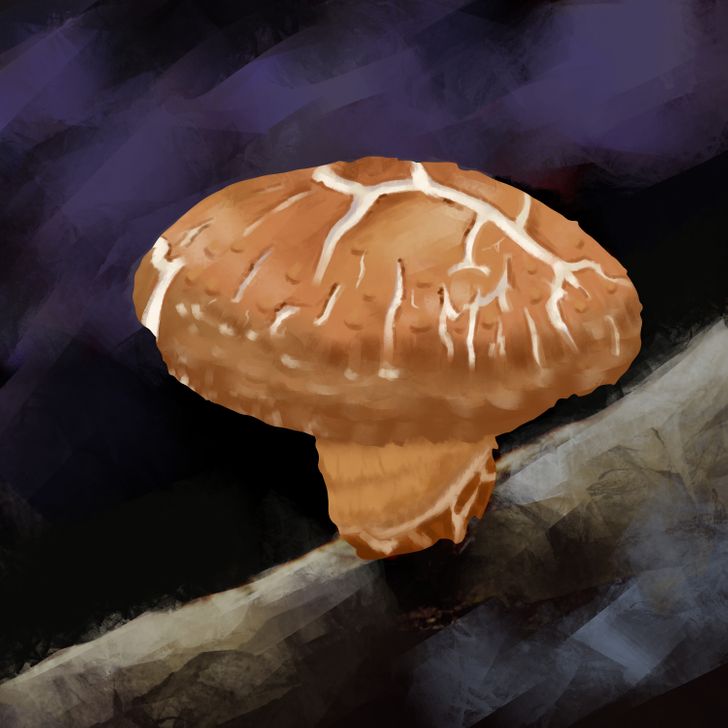
It’s grown in blocks and logs for marketing purposes. It’s of medium size and brown in color. When growing wild, it can change to lighter shades. It contains various nutritional components, such as lipids, amino acids, vitamins and minerals. Its flesh is consistent and spongy with a lot of flavor. It can be consumed sautéed in white sauces and creams.
7. Fairy ring mushroom (Marasmius oreades)
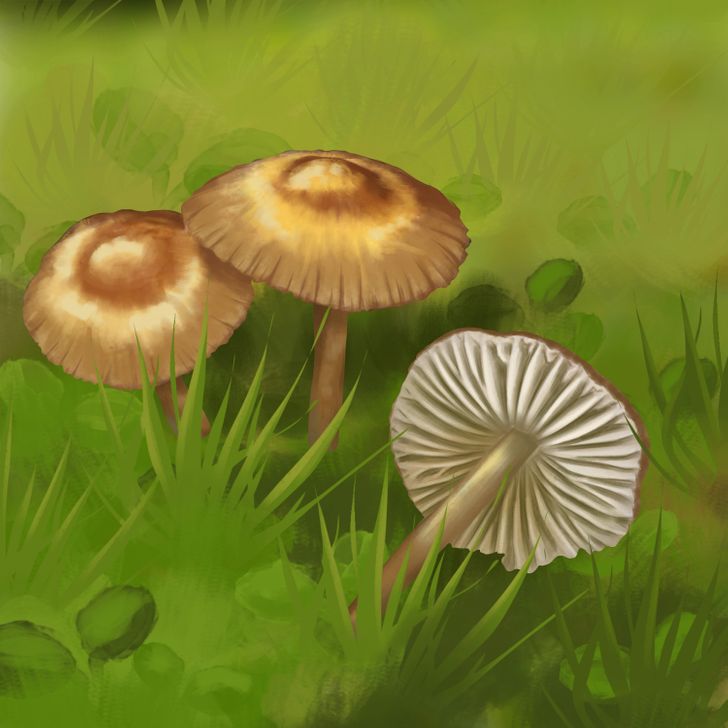
It has a convex, not very fleshy cap with brown and reddish colors and separate lamellae (or gills) on the lower part. It is characterized by growing in cattle pastures and meadows. It’s not too fleshy, but its flavor is intense, so it is commonly used to enhance flavors in various soups and stews.
8. Trumpet of the dead (Craterellus cornucopioides)
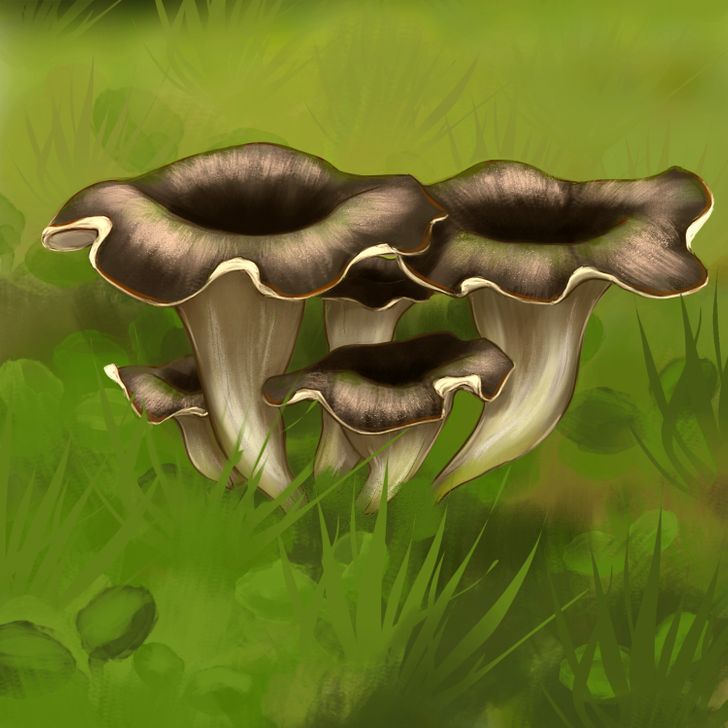
These stand out for their irregular shape and for having a gray or ash color that becomes darker with humidity. Its height can reach up to 6 inches (15 cm). It has a narrow, trumpet-shaped cap. Its flesh has an elastic texture and a pleasant flavor, with hints of truffle, making it perfect to accompany rice and meat stews. It can be found in the shade of oak and chestnut trees in mossy areas.
9. Sweet tooth (Hydnum repandum)
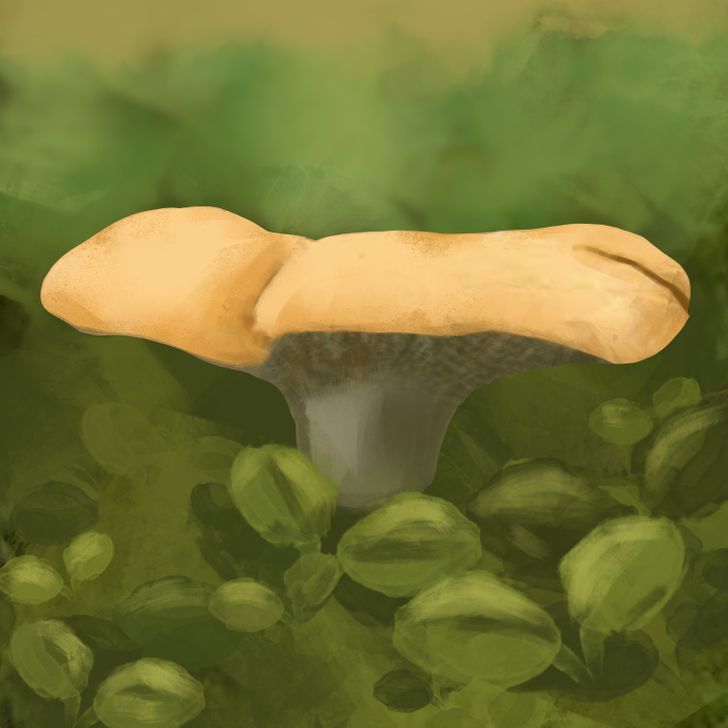
10. St. George’s mushroom (Calocybe gambosa)
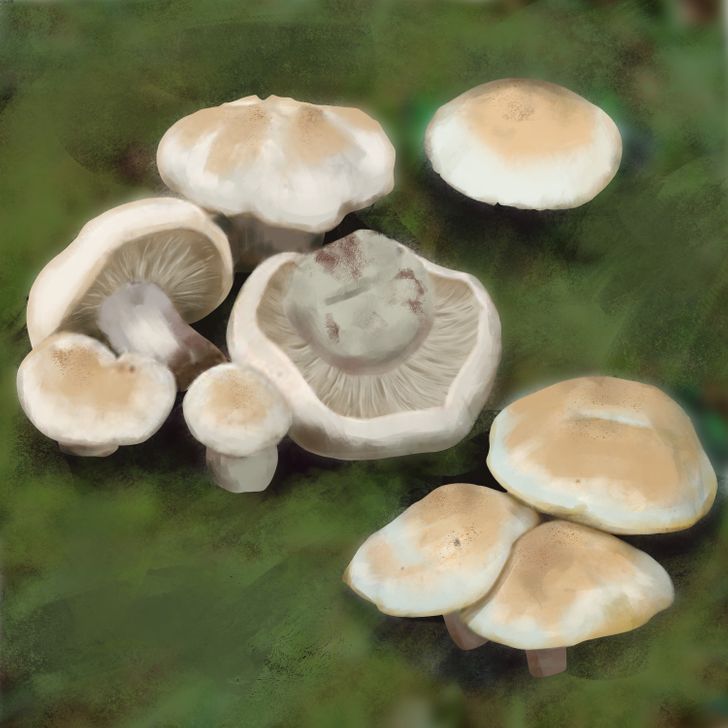
It has a white color and pale shades with thick, soft flesh. This type of mushroom has a pleasant taste and smell reminiscent of flour, so it’s often found in stews. It can be seen in meadows and mountain pastures in the spring season. It’s highly marketed and is capable of lowering blood sugar levels.
11. Cep or penny bun (Boletus edulis)
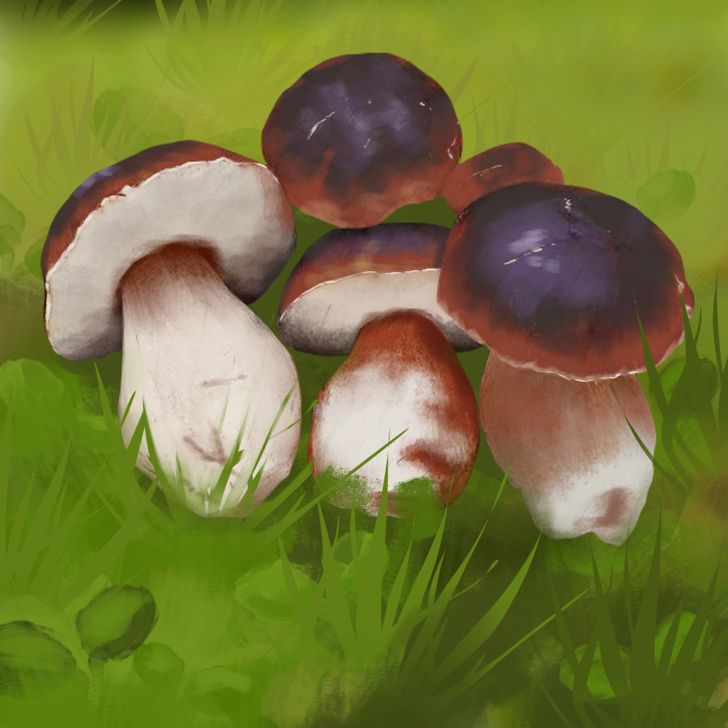
Its cap can reach up to 8 inches (20 cm) in diameter with a predominantly brown color. It’s very fleshy, with a pleasant aroma. It’s a species that adapts to a large number of habitats and is suitable for a wide variety of preparations. Its flavor gets even better when you dry it.
12. Morel mushroom (Morchella esculenta)
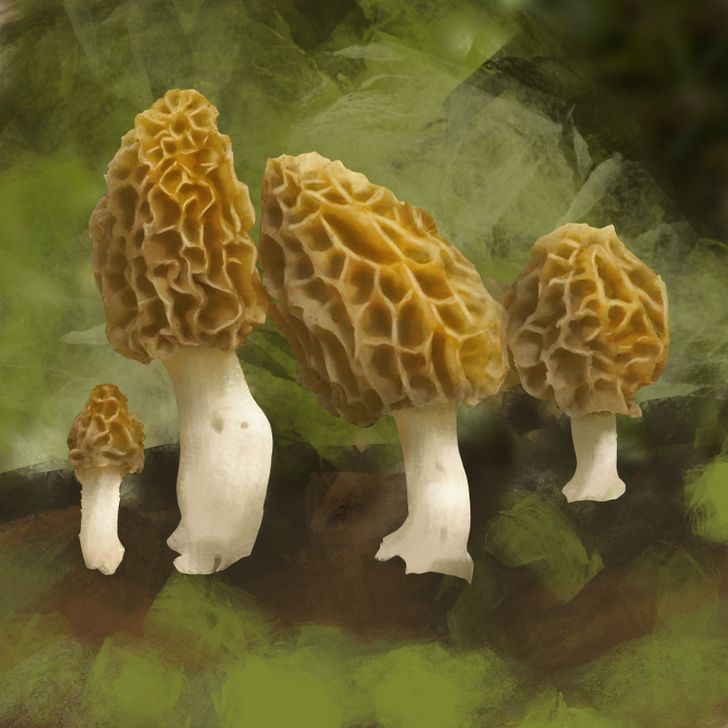
It stands out for developing a set of holes that are very easy to identify. The cap is oval and a little balloon-shaped, from 2 inches to 12 inches (5 cm to 30 cm) in size, with a hollow and deformed foot. Its color varies between yellow and white. It generally grows in meadows and forests. Chefs recommend drying it, even in an oven, at a temperature between 150°F and 170°F (66°C — 77°C), and then rehydrating it before using.
13. Blue-leg (Lepista personata)
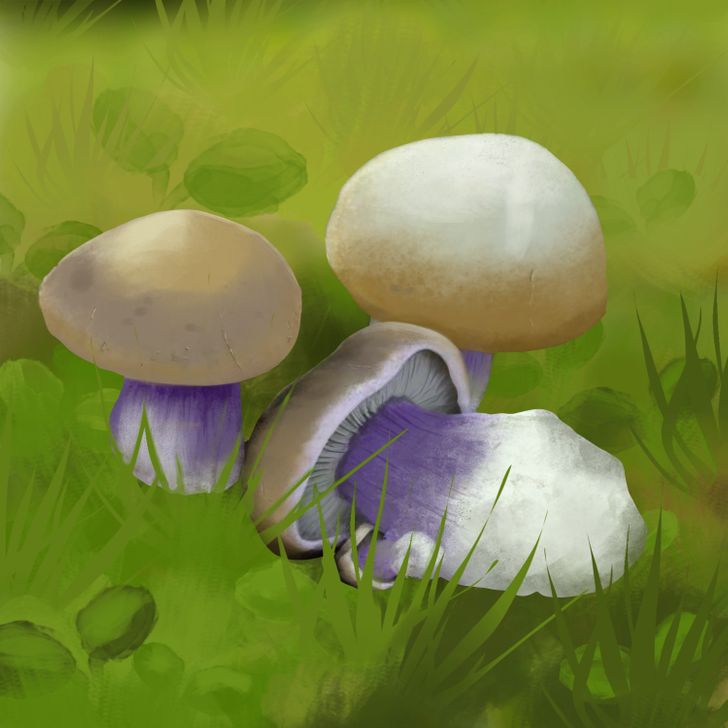
It’s a mushroom with a convex and whitish brown cap. It stands out for its stem, which is short, robust, and with a light violet color and blue tones. It can be found in meadows and pastures. It is characterized by its strong aroma and intense flavor, aspects that make it ideal for accompanying red meat.
14. Red pine mushroom (Lactarius deliciosus)
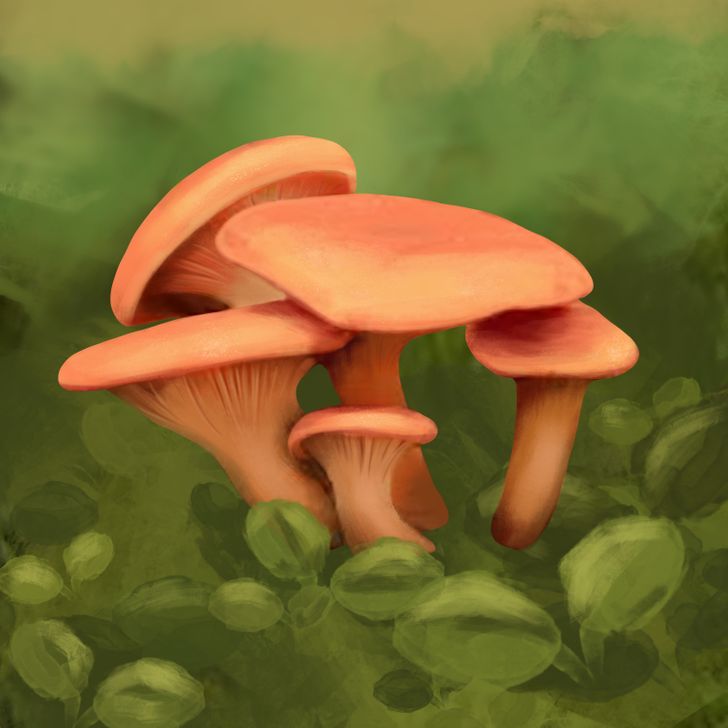
Its cap can grow up to 8 inches (20 cm) in diameter. It has an orange color, similar to that of a carrot. Its flesh has a grainy and thick texture, whiteish in the center. It has a pleasant flavor and will turn your food orange if added to it. It is ideal for adding in salads, accompanying stews and meats, and it pairs well with a variety of herbs.
15. Caesar’s mushroom (Amanita caesarea)
